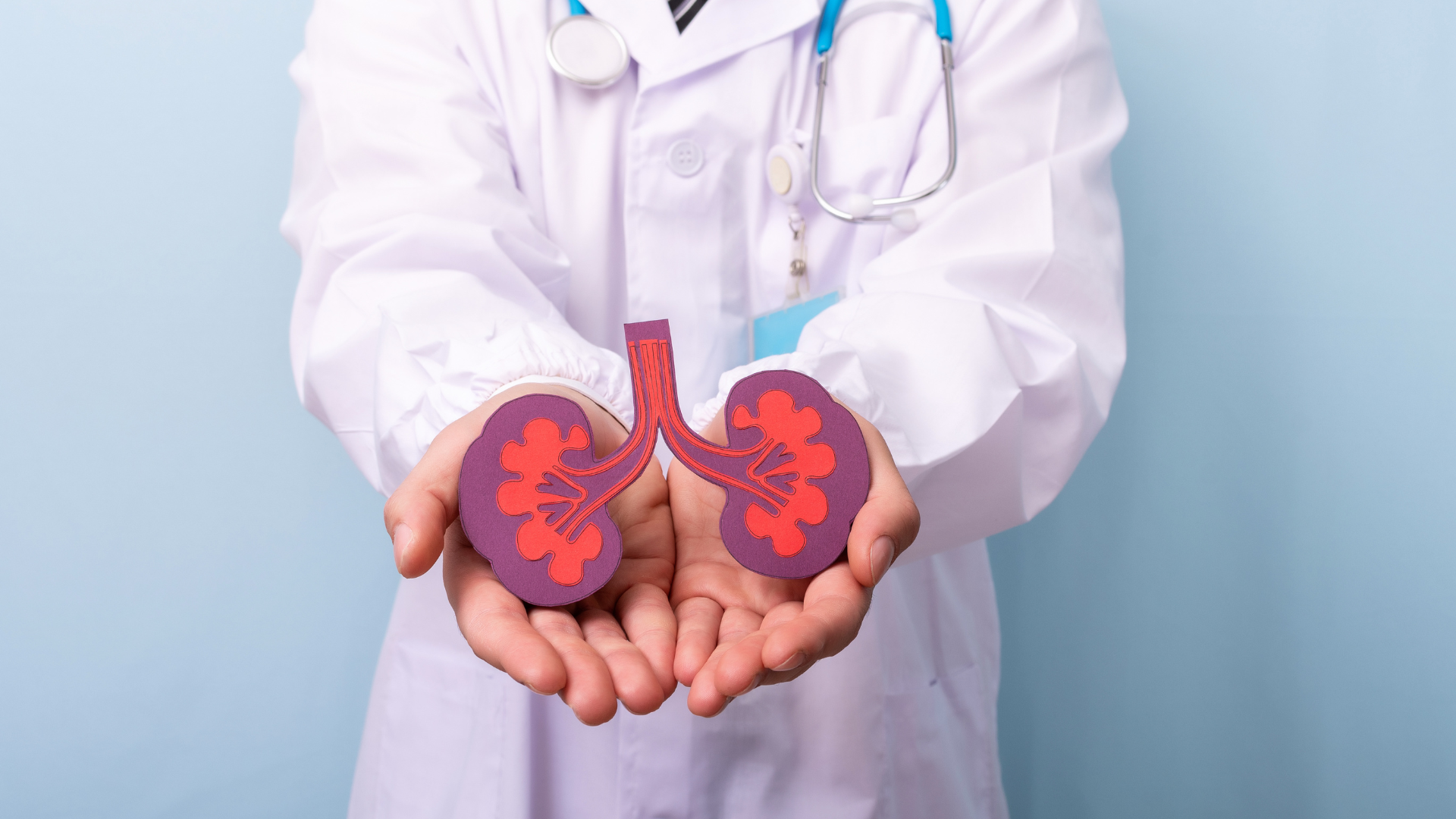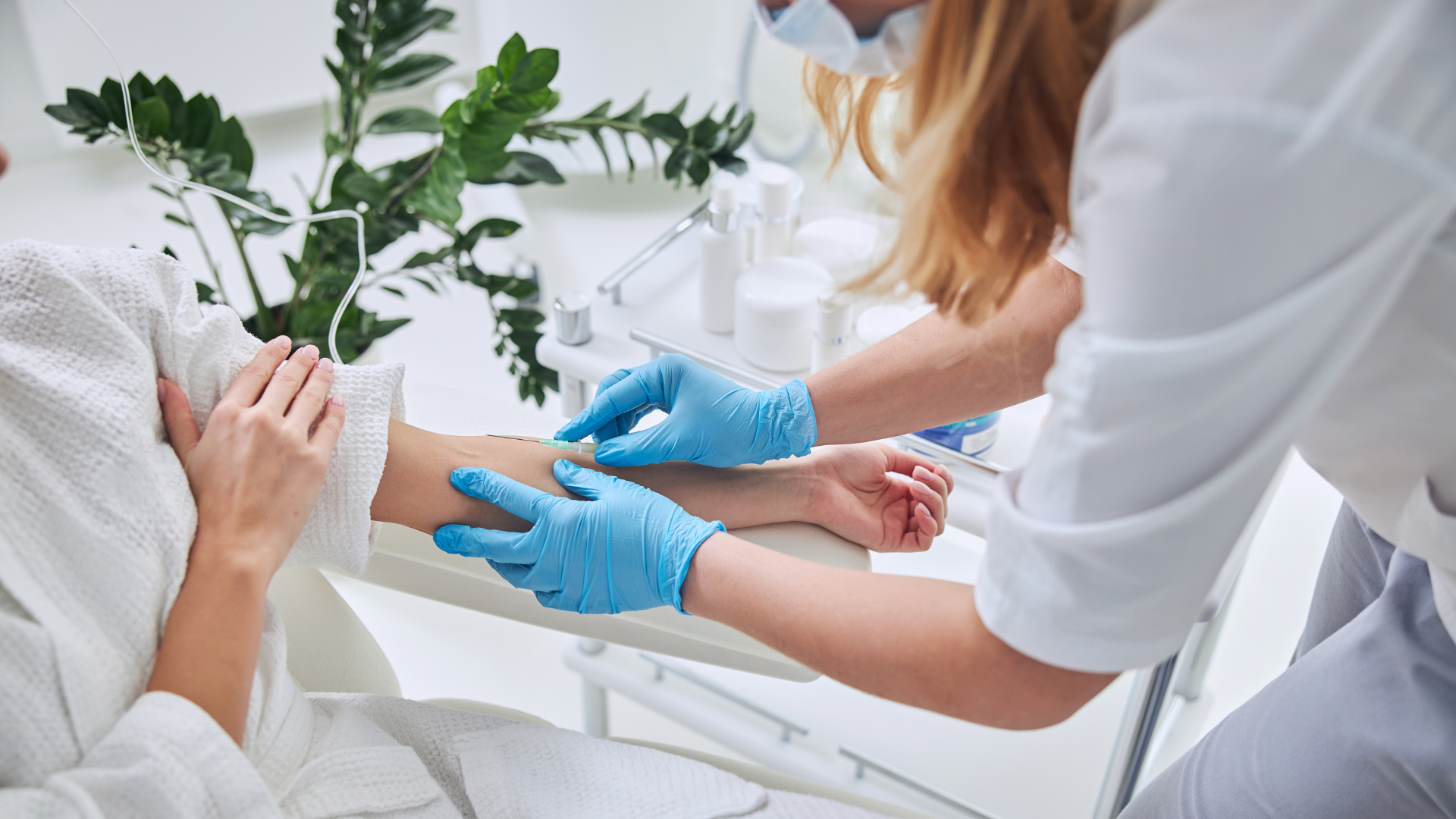Pharmaceutical vs. Laboratory-Created GLP Medications: What You Need to Know
Understanding GLP Medications: Pharmaceutical vs. Laboratory-Created Peptides
GLP medications, including popular drugs such as
Ozempic, Mounjaro, Maglutide, Tirzepatide, and Osigeneric, are increasingly used for weight management and metabolic health. However, it’s important to understand that not all GLP medications are created equal. They can be obtained either through
pharmaceutical channels or
laboratory-compounded sources, and the differences have significant implications for safety and legality.
Pharmaceutical GLPs
Pharmaceutical GLPs are FDA-approved medications. They are manufactured under strict regulatory guidelines and dispensed through licensed pharmacies with a prescription. These medications come with clear dosing instructions, proper labeling, and assurance of quality and consistency.
One major advantage is portability and legal protection: pharmaceutical GLPs can be transported on planes without concern, and patients can use them confidently knowing they meet federal safety standards.
Laboratory-Created Peptides
In contrast, laboratory-created peptides are often marketed as research chemicals. These generics are typically supplied in powdered form, which must be reconstituted at home with saline or bacteriostatic water before use. They generally come with no instructions, personal labeling, or guidance on dosing.
Because they are not FDA-approved for human use, these peptides:
- Are labeled “for research only”
- Have no prescription status
- Can be legally confiscated by TSA or international authorities if transported on a plane
- Require the user to determine safe usage independently
Laboratory peptides may have a long shelf life—sometimes up to two years—but they lack the regulatory oversight, quality control, and safety assurances of pharmaceutical GLPs.
Key Takeaways
Patients should understand the significant differences between pharmaceutical and lab-created GLP medications. FDA-approved GLPs provide legal protection, clear dosing instructions, and safety assurances, while laboratory peptides pose legal risks and require self-directed use, increasing potential for error or harm.
Anyone considering GLP therapy should consult with a licensed healthcare provider to ensure they are using medications safely and effectively.











